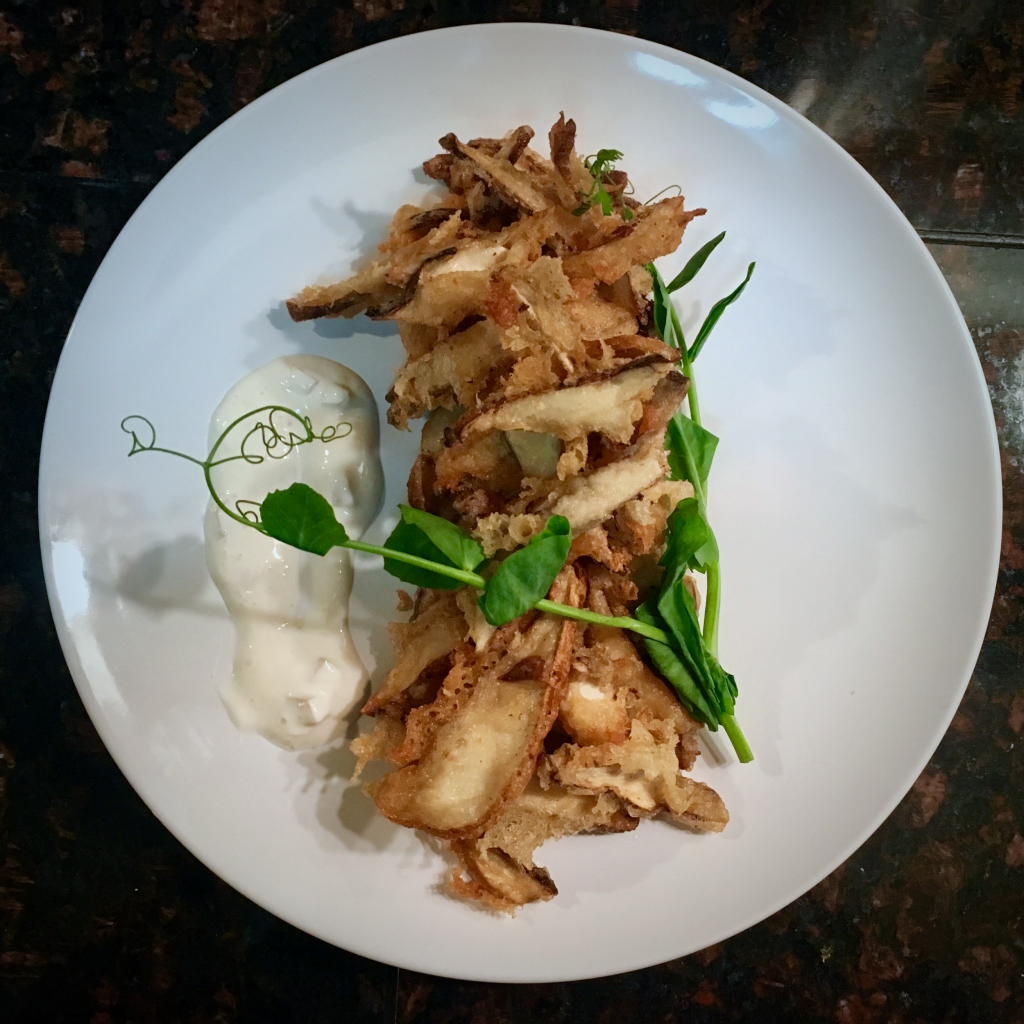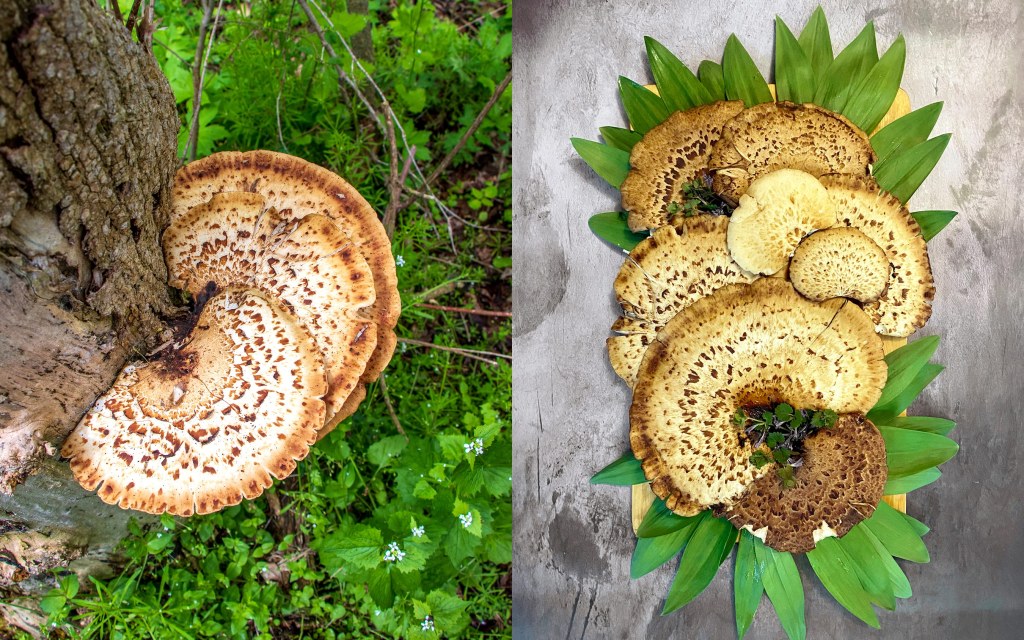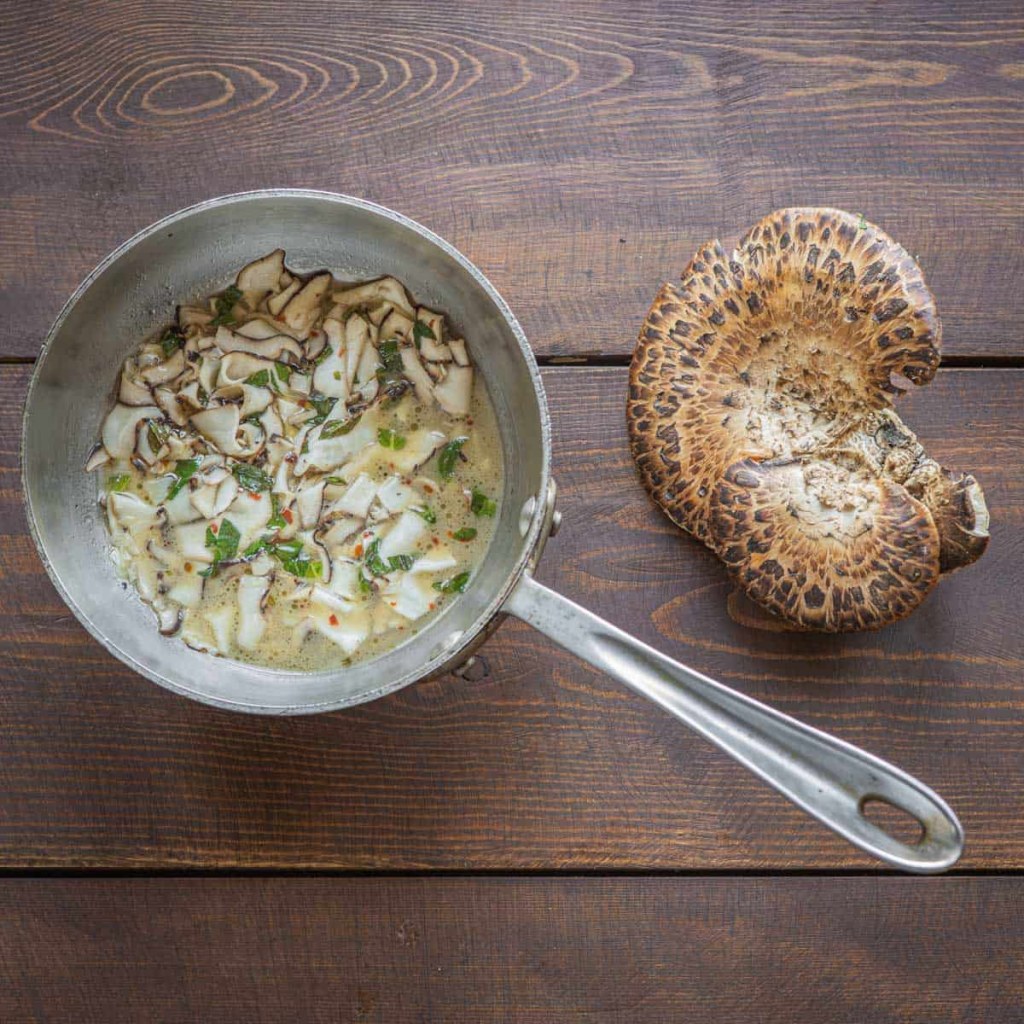Discover The Irresistible Dryad’s Saddle Recipe: A Mouthwatering Delight For Food Enthusiasts!
Dryad’s Saddle Recipe: A Delightful Dish for Mushroom Lovers
Introduction
Dear Cooking Enthusiast,
3 Picture Gallery: Discover The Irresistible Dryad’s Saddle Recipe: A Mouthwatering Delight For Food Enthusiasts!



Welcome to our delightful world of culinary adventures! Today, we have a special treat for mushroom lovers – the dryad’s saddle recipe. This unique dish offers a burst of flavors and textures that will satisfy even the most discerning palates. Whether you’re an experienced chef or an amateur cook, this recipe is sure to impress your friends and family. So, let’s dive into the world of dryad’s saddle and discover the magic it holds.
What is Dryad’s Saddle?

Image Source: squarespace-cdn.com
🍄 Dryad’s saddle, scientifically known as Polyporus squamosus, is a wild mushroom that grows on the trunks of deciduous trees. Its large, fleshy fruiting body resembles the shape of a saddle, thus earning its whimsical name. With a nutty and slightly fruity flavor, dryad’s saddle is a versatile ingredient that can be used in various dishes.
Who Can Enjoy Dryad’s Saddle?
🌍 Dryad’s saddle can be enjoyed by mushroom lovers all around the world. Whether you’re a vegetarian, vegan, or simply someone who appreciates the wonders of nature, this recipe is perfect for you. Its unique taste and texture make it a great addition to any meal, whether as a main course or a side dish.
When to Harvest Dryad’s Saddle?

Image Source: shopify.com
📆 The best time to harvest dryad’s saddle is in late spring or early summer when the mushroom is in its prime. Look for mature specimens with firm flesh and intact pores. As with all wild mushrooms, it’s essential to be cautious and knowledgeable about proper identification to ensure your safety and enjoyment.
Where to Find Dryad’s Saddle?
🌳 Dryad’s saddle can be found in various regions across North America, Europe, and Asia. It typically grows on dead or dying hardwood trees, such as oak, beech, and maple. Foraging for this mushroom can be an exciting adventure, but if you’re unsure about your identification skills, it’s best to purchase it from a reputable source or seek guidance from seasoned foragers.
Why Choose Dryad’s Saddle Recipe?

Image Source: foragerchef.com
🍽️ The dryad’s saddle recipe offers a unique culinary experience that can elevate your cooking skills to new heights. Whether you’re a fan of rich flavors, earthy aromas, or simply enjoy experimenting with different ingredients, this recipe will satisfy your cravings. Its versatility allows you to incorporate it into various dishes, from soups and stir-fries to pasta and risottos.
How to Prepare Dryad’s Saddle?
🔪 Before you begin cooking, it’s important to properly clean and prepare dryad’s saddle. Start by removing any dirt or debris with a brush or damp cloth. Then, carefully slice the mushroom into thin, even pieces. You can choose to sauté, grill, or roast it, depending on your preference and the desired recipe. Its firm texture allows it to hold up well to heat and retain its shape.
Advantages and Disadvantages of Dryad’s Saddle Recipe
Advantages:
1. Nutritional Value: Dryad’s saddle is a rich source of vitamins, minerals, and antioxidants, making it a healthy addition to your diet.
2. Versatility: This mushroom can be used in various dishes, offering endless possibilities for culinary creations.
3. Unique Flavor: The nutty and slightly fruity flavor of dryad’s saddle adds depth and complexity to any recipe.
4. Sustainable Option: Foraging dryad’s saddle reduces reliance on commercial farming and promotes a more sustainable approach to food sourcing.
5. Cost-Effective: If you’re an avid forager, dryad’s saddle can be a cost-effective alternative to store-bought mushrooms.
Disadvantages:
1. Availability: Dryad’s saddle can be challenging to find, especially if you don’t have access to suitable foraging areas.
2. Proper Identification: As with all wild mushrooms, proper identification is crucial to avoid consuming toxic varieties that may resemble dryad’s saddle.
3. Preparation Time: Cleaning and slicing dryad’s saddle can be time-consuming, especially if you’re working with larger specimens.
4. Texture: Some individuals may find the texture of dryad’s saddle slightly chewy or tough, depending on the cooking method used.
5. Allergic Reactions: Like any food, there is a risk of allergic reactions to dryad’s saddle, particularly for those with mushroom allergies. It’s always best to exercise caution and consult a healthcare professional if you have any concerns.
Frequently Asked Questions (FAQs)
Q1: Can dryad’s saddle be consumed raw?
A1: While it’s generally recommended to cook mushrooms for safety reasons, dryad’s saddle can be enjoyed raw in small quantities, such as thinly sliced in salads or as a garnish.
Q2: How can I store dryad’s saddle?
A2: To store dryad’s saddle, place it in a paper bag or airtight container in the refrigerator. It should stay fresh for up to a week.
Q3: Can I freeze dryad’s saddle?
A3: Yes, you can freeze dryad’s saddle. Simply blanch the sliced mushroom for a few minutes, drain, and transfer to freezer-safe containers or bags. It can be stored in the freezer for several months.
Q4: Can dryad’s saddle be used in vegetarian or vegan recipes?
A4: Absolutely! Dryad’s saddle is a great addition to vegetarian and vegan dishes, offering a meaty texture and umami flavor.
Q5: Are there any similar mushrooms to dryad’s saddle?
A5: While no mushroom is an exact match, the oyster mushroom is considered a close substitute for dryad’s saddle due to its similar texture and flavor.
Conclusion
In conclusion, the dryad’s saddle recipe is a fantastic choice for mushroom enthusiasts looking to explore new flavors. Its unique taste, versatility, and nutritional benefits make it a worthwhile addition to any culinary repertoire. Whether you’re a seasoned chef or an aspiring cook, don’t miss the opportunity to experiment with this delightful mushroom. Embrace the world of dryad’s saddle and let your taste buds embark on a mouthwatering adventure!
Happy cooking!
Final Remarks
Disclaimer: The information provided in this article is for educational purposes only. It is not intended as a substitute for professional advice or medical treatment. Always exercise caution when foraging for wild mushrooms and consult a knowledgeable expert before consuming any unfamiliar species. The author and publisher assume no responsibility for any consequences arising from the use of this information.
This post topic: Recipe

